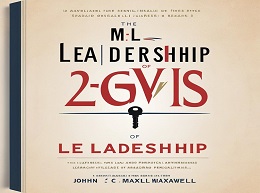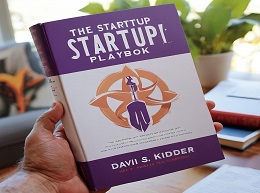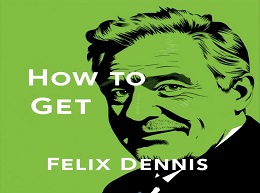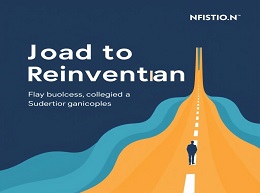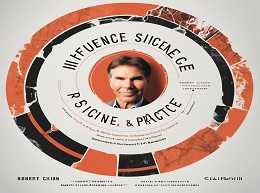Hooked: How to Build Habit-Forming Products
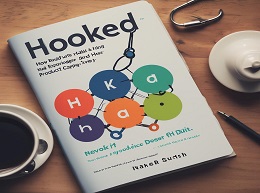
"Hooked: How to Build Habit-Forming Products" by Nir Eyal is a groundbreaking exploration of the psychology behind habit formation and its application to product design. Eyal introduces the "Hook Model," a four-step framework for creating products that form powerful habits in users. In this comprehensive review, we'll delve into the key concepts of "Hooked," provide real-world examples, and reveal strategies for building habit-forming products that captivate users and drive engagement.
Understanding the Hook Model:
Eyal introduces the Hook Model a four-step framework consisting of Trigger, Action, Variable Reward, and Investment to create habit-forming products.
Example:
Facebook's notification system serves as an external trigger, prompting users to check their news feed and take action by clicking on notifications, leading to variable rewards such as likes and comments, and encouraging further engagement through investments like profile updates.
Triggering User Behavior:
Eyal discusses the importance of triggers internal and external cues that prompt users to take action and strategies for designing effective triggers.
Example:
Instagram's push notifications serve as external triggers, notifying users of new likes and comments, while the anticipation of social validation serves as an internal trigger, motivating users to check their activity.
Driving User Action:
Eyal explores strategies for designing seamless user experiences that make it easy for users to take the desired action.
Example:
Twitter's simple and intuitive interface encourages users to compose and share tweets with minimal friction, driving engagement and interaction on the platform.
Providing Variable Rewards:
Eyal emphasizes the importance of providing variable rewards unpredictable and satisfying outcomes to keep users coming back for more.
Example:
YouTube's recommendation algorithm provides users with a personalized feed of videos based on their viewing history, offering a variety of content that keeps users engaged and coming back for more.
Encouraging User Investment:
Eyal discusses strategies for encouraging user investment in the product, such as personalization and social integration.
Example:
LinkedIn prompts users to complete their profiles and connect with colleagues, encouraging investment in the platform and increasing the likelihood of continued engagement.
Ethical Considerations:
Eyal addresses ethical considerations surrounding habit-forming products and emphasizes the importance of building products that enhance users' lives.
Example:
Duolingo gamifies language learning, using habit-forming techniques to motivate users to practice regularly and achieve their language learning goals in a fun and engaging way.
In conclusion, "Hooked" offers invaluable insights and strategies for creating habit-forming products that captivate users and drive engagement. By understanding the psychology of habit formation, leveraging the Hook Model, and designing products that provide triggers, drive action, offer variable rewards, and encourage user investment, companies can create products that become integral parts of users' daily lives.



